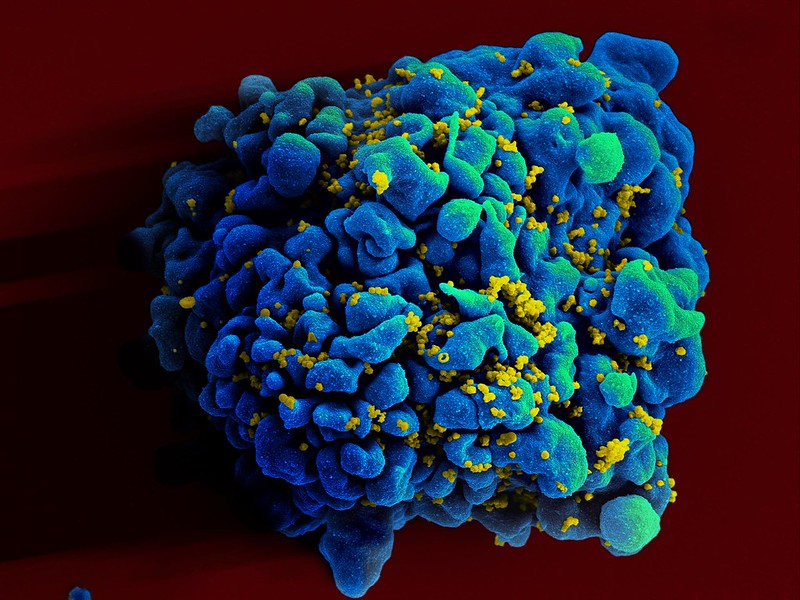A Romantic Partner’s Perception of Emotions may Improve Relationships

In a study examining the perception of emotion in romantic relationships, researchers found that, regardless of how an individual is truly feeling, knowing their partner sees their emotions as a typical reaction to a given situation might lead to better relations between the couple, especially when conflict arises.
To find out how emotional meta-accuracy – the ability to correctly understand a romantic partner’s impressions of the self – impacted momentary relationship quality, the researchers surveyed 189 romantic couples. The couples were mostly heterosexual, average age 23 and were recruited from around the university campus. The researchers asked their subjects to engage in three different types of interactions: couples were asked to engage in a neutral unstructured conversation; then, they were asked to talk about something they disagreed on; finally, they engaged in a positive conversation. They were then surveyed on their own emotions and their partners’ perception of their emotions.
“We were interested in understanding how our beliefs about how we are seen by others affects the quality of our relationships,” said Hasagani Tissera, a PhD candidate and lead author on the paper.
“No matter why you are feeling a certain way, interactions within a couple are likely to be more positive when you know your romantic partner sees your emotions as similar to how a typical person would feel in a given situation,” Tissera said.
The researchers found that, overall, couples were better able to cope with conflict when they knew how their partner perceived their emotions.
Furthermore, the study suggests that “…to remain blissfully unaware of [your partner’s] unique impressions…” may lead to better momentary relationship quality. “Or, to put it differently, if you know your romantic partner sees you’re angry because of a reason that’s unique to your experience and not based on how the average person might feel, chances are it will hurt your relationship – at least in that moment,” Tissera said.
The findings were published in the journal Personal and Social Psychology Bulletin.
Source: McGill University









